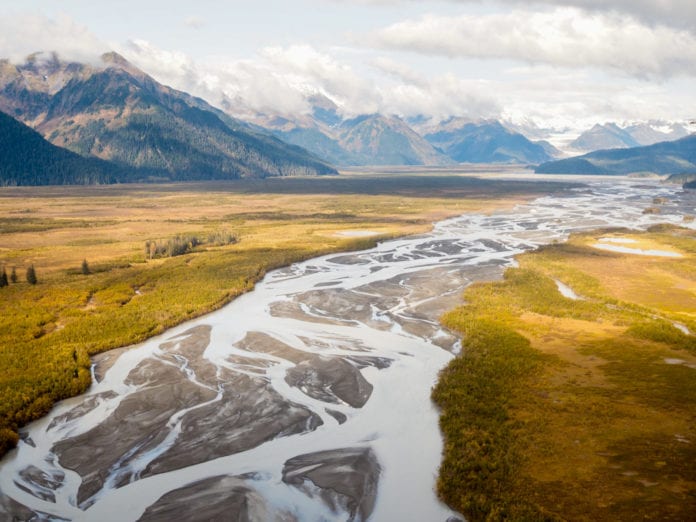A draft resolution before the Exxon Valdez Oil Spill Trustee Council to incorporate an ecosystem approach to the Exxon Valdez oil spill boundary is gaining wide support from residents of Cordova and beyond.
The draft resolution, one of four set for final action on Jan. 19 during a virtual council meeting, has drawn over four dozen comments in support, all of which may be found on the council’s comment website, evostc.commentinput.com/comment/search.
The comment deadline for all four draft resolutions is Dec. 16.
“I am writing to show my support of extending the Exxon Valdez Oil Spill Restoration Boundary to include the entire Copper River Delta,” wrote Lauren Padawer, president of Alaska Glacial Mud Co., and a Cordova resident.
Extending the arbitrarily drawn boundary will allow restoration funds from the council to be used to protect the ecologically critical and corrected Eastern Delta Region, including the Bering River Coalfields, she said.
“Prince William Sound, victim and survivor of the 1989 Exxon Valdez oil spill exists side by side with the neighboring Copper River Delta,” she said. “If the sound is North America’s finest marine ecosystem then the Delta is its wetlands equivalent. They are like two halves of a beating heart.”
Padawer noted that a pipeline spill could easily flow into the Copper, down to the Delta, and then over into the Sound.
“Similarly, any industrial accident in the Delta region from the Bering River in the east to Cordova in the west, could likewise affect the Sound,” she said.
“The oil that spilled into the Sound in 1989 from the ruptured Exxon Valdez supertanker had spent most of its last hundred miles in the Trans-Alaska Pipeline running parallel to the Copper River … like two rivers side by side, one with fish and one with oil,” wrote David Grimes, a member of the advisory board of the Eyak Preservation Council. “A pipeline spill today could easily flow into the Copper, down to the Delta, and then over into the Sound. Similarly, any industrial accident in the Delta region, from the Bering River in the east to Cordova in the west could likewise affect the Sound.”
Grimes also cited the proposed boundary extension as a way retire the Bering River coalfields themselves “and protect the Delta once and for all.”
“Sacrificing our last wild salmon strongholds left on Earth must not be allowed,” wrote Skye Steritz, another Cordova resident and advocate for extending the boundary. “The Bering River ecosystem is a vast, contiguous wilderness — an immense wildlife corridor.”
Extending the boundary would protect all of the endangered and impacted fish and wildlife, allowing the oil spill region to fully recover once and for all, she said.
The future of the Copper River Delta also attracted several comments from the Lower 48 states, and even one from Oliver McMillan, a self-described “concerned citizen of Aotearoa, New Zealand,” who holds a degree from the University of Auckland in environmental engineering.
Thriving, roadless watersheds like the Copper and the Bering are absolutely priceless and irreplaceable, McMillan said.
“These watersheds are fully intact and must be kept intact in order to support returns of thousands of spawning salmon each year,” he wrote.
Comments on all four draft resolutions must be submitted via evostc.commentinput.com/comment/search. Simply click on “comment now” to comment on any and all draft resolutions.















